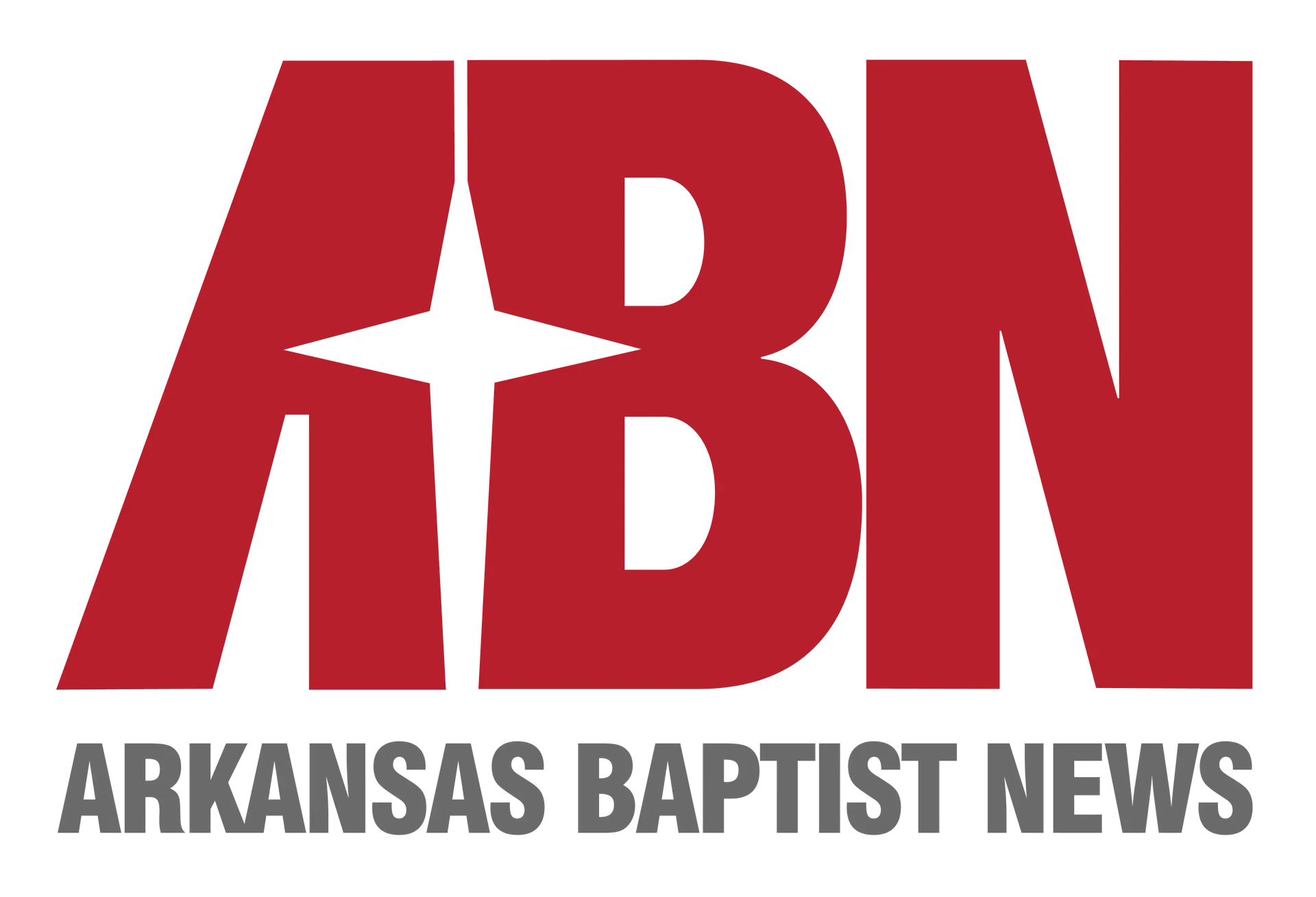EDITOR’S NOTE: This article was written by Rusty Richardson, a Sunday School/Groups/Discipleship Strategist with the Arkansas Baptist State Convention.
When I was a boy, I was fortunate enough to fish with my dad. We fished a lot. Sometimes we were successful and sometimes we were not. On occasion, the flat-bottom boat we fished in would get stuck on a partially submerged stump. Our first attempt to get moving again was always to start rocking the boat back and forth, hoping there was enough current or wind to move us off the stump. Sometimes we would expend a lot of energy rocking the boat only to stay in the same place, stuck on the stump.
When it comes to disciple making in the local church, I am hearing from frustrated pastors and other church leaders who feel they expend a great deal of energy and resources but still don’t make much progress. Their discipleship ministry, much like our flat-bottom boat, is stuck. You may be feeling the same frustration. You know the importance of making disciples, but you don’t have a clearly defined pathway for doing so in your church. Furthermore, you may be struggling with how to start addressing this concern.
The following is not a prescription for solving what you may perceive as the “discipleship problem” in your church, but, I pray it will be a starting point to get your church off the submerged stump and get moving toward developing a strategy that will move people down a pathway of disciple making.
Locate the Stump
Being stuck on a stump in our boat kept my dad and me from getting to where we wanted to go and ultimately from catching more fish. For decades, discipleship was a program and a time slot in the local church. It was something church members went to, often on Sunday evenings prior to the worship service. If this is still the mindset of most of those in your church, this is a stump to address. When Jesus said, “Go, therefore, and make disciples . . . “ (Matthew 28:19 CSB), He literally meant go. Disciple-making is something we are to do and not something we are to attend. To be clear, gathering in groups on campus is not wrong. It is, in fact, healthy, and in most churches even essential! But these groups must be a means of developing disciple-makers, not an end. If – like in some churches – it is seen as a class to attend rather than a lifestyle to live, you will have identified a stump that is keeping you from making disciples. Changing this mindset will not happen overnight. One of the best ways to facilitate change is by collaboration and open discussion. If you are stuck on this stump, a way off is to gather a small group of key leaders with you for the purpose of discussing and praying over the current state of disciple-making in your church.
Visualize a Full Stringer
My dad was a good fisherman. He managed the sporting goods department at Gibson’s Discount Center in Bossier City, LA. One of the perks of his job was that he developed great relationships with several professional fishing guides who guided on Toledo Bend Reservoir on the Louisiana/Texas border. When we went fishing, he always knew where he wanted to go based on information he was provided by those guides. He had a vision to use that information to catch a limit of bass. In the local church it is not enough just to know what is keeping us from making disciples. We need to know where we are going and what an effective disciple-making culture will look like. Vision casting almost always falls on the lead pastor. I am of the opinion, however, that other key leaders can help when it comes to casting a vison for a desired disciple-making culture. At this point you are not developing strategic steps but rather defining what success will look like. The research in LifeWay’s Transformational Discipleship might be helpful with this process. It identifies what the authors call the transformational sweet spot. It is the intersection of biblical truth taught by healthy leaders to others whose hearts and minds are in a receptive posture or mindset. It is, in essence, what some have called the “Timothy Principle” – What you have heard from me in the presence of many witnesses, commit to faithful men who will be able to teach others also. (2 Timothy 2:2 CSB). After gathering the small group of key leaders consider giving them a copy of Transformational Discipleship so that you can brainstorm together what a healthy disciple-making culture might look like in your church.
Moving toward a culture where godly people actively seek relationships with those who desire to grow in Christ and subsequently teach them eternal truths from God’s word clearly fulfills the biblical mandate given by Jesus, . . . teaching them to observe everything I have commanded you. (Mathew 28:20 CSB).
Chart the Path, Choose Your Lures and Start Casting
The knowledge given my dad by professional guides of where to catch fish was great to have. It certainly motivated us to get up at 3:30 am and make the long drive down to Toledo Bend Reservoir. But even after launching the boat we still needed to chart the course to get to the honey hole (usually following channels, or as we called them, boat roads), decide what lure to use, and start casting. Otherwise the knowledge was useless. Just framing the problem of a failed discipleship program and envisioning what a healthy disciple-making culture looks like is not enough. Strategic steps must be taken to get there. There is no one-size-fits-all approach to discipleship in the local church. That is because church members are at different places in their spiritual development. Any pathway must include on-ramps for believers in all states of spiritual growth. The early church in Acts gives us clear components of disciple-making: They devoted themselves to the apostles’ teaching, to the fellowship, to the breaking of bread, and to prayer. (Acts 2:42 CSB). A biblical discipleship strategy should include the aspects of teaching God’s word, deep relationship building (the Greek word used here for fellowship is koinonia – indicating a deeply spiritual relationship), friendships, and prayer. These are the boat roads that will get people moving toward being disciple makers. The boat roads will be filled with stumps and choppy waters but will be worth it to get to the honey hole of a church filled with members who are growing in their faith and encouraging others to do likewise.
Rusty Richardson is a Sunday School/Groups/Discipleship Strategist with the Arkansas Baptist State Convention. If you would like to contact him about this article he can be reached at [email protected] or 501.376.4791 ext. 5114.

